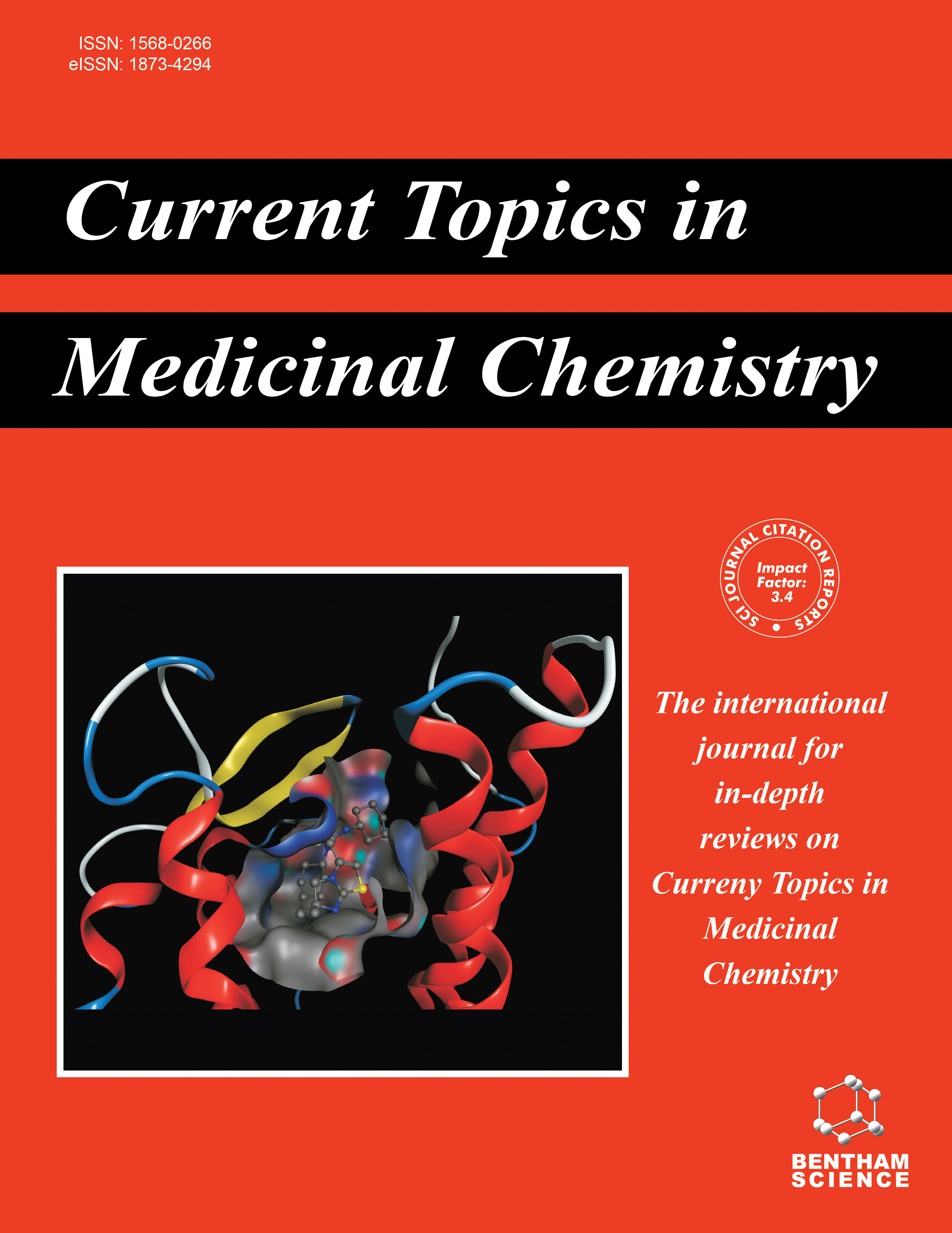
Full text loading...

Mefloquine is a synthetic antimalarial drug known for its effectiveness in the treatment and prevention of malaria. This belongs to the amino alcohol group of compounds. Its structure consists of a quinoline and piperidine ring, along with two chiral centers, which give rise to four distinct stereoisomers. There are various synthetic methods for preparing this compound from starting materials such as p-trifluoromethylaniline, 4-bromoquinoline, and trifluoroacetimidoyl iodide. In recent years, mefloquine has gained attention for its potential therapeutic applications beyond malaria, with research exploring its use in cancer therapy, parasitic infections, neurological disorders, tuberculosis, and COVID-19. This article covers its synthetic approaches, established application as an antimalarial compound, as well as repurposed therapeutic applications.

Article metrics loading...

Full text loading...
References


Data & Media loading...